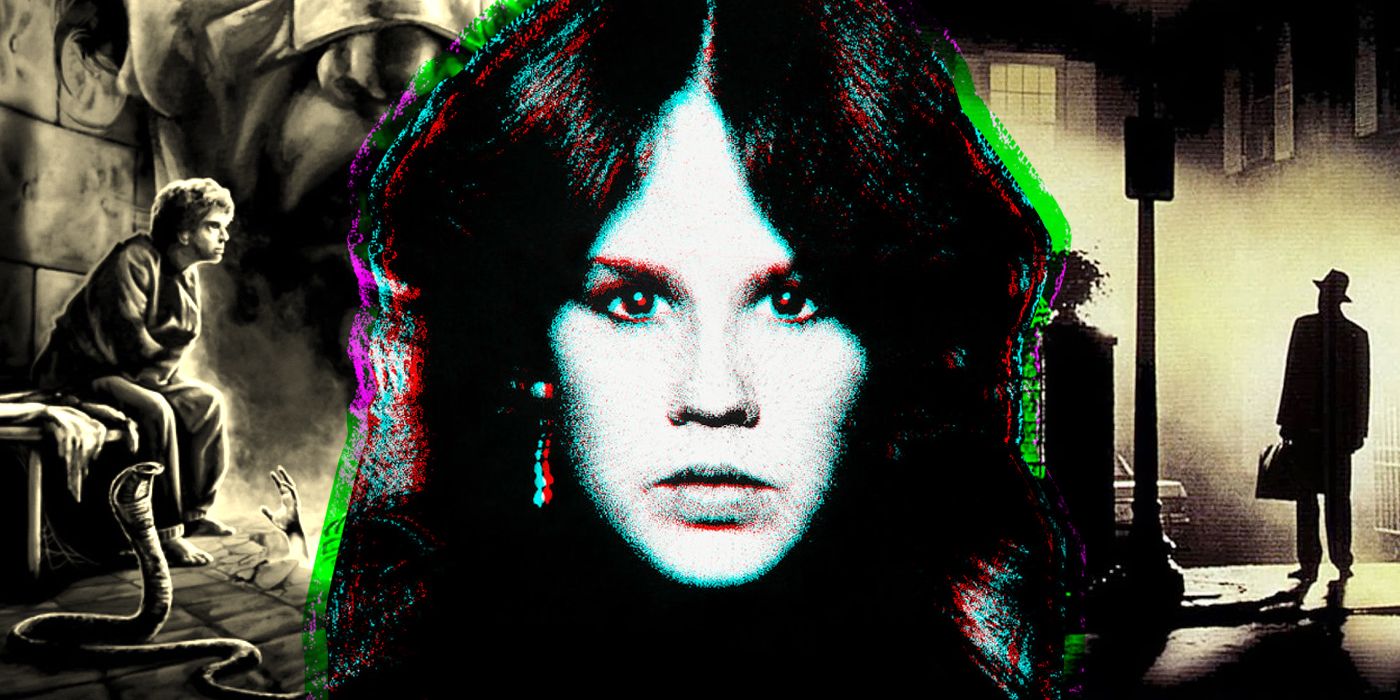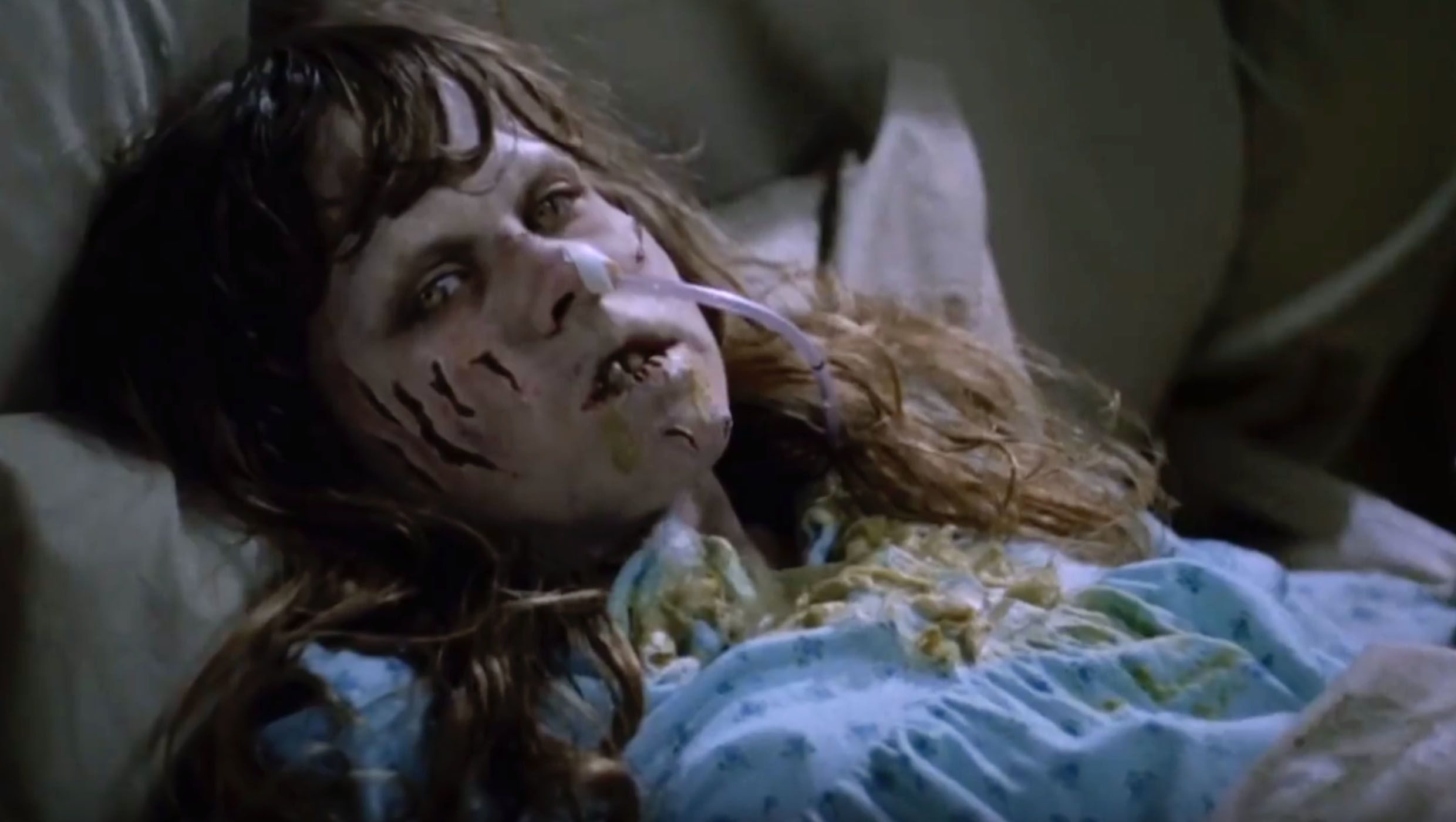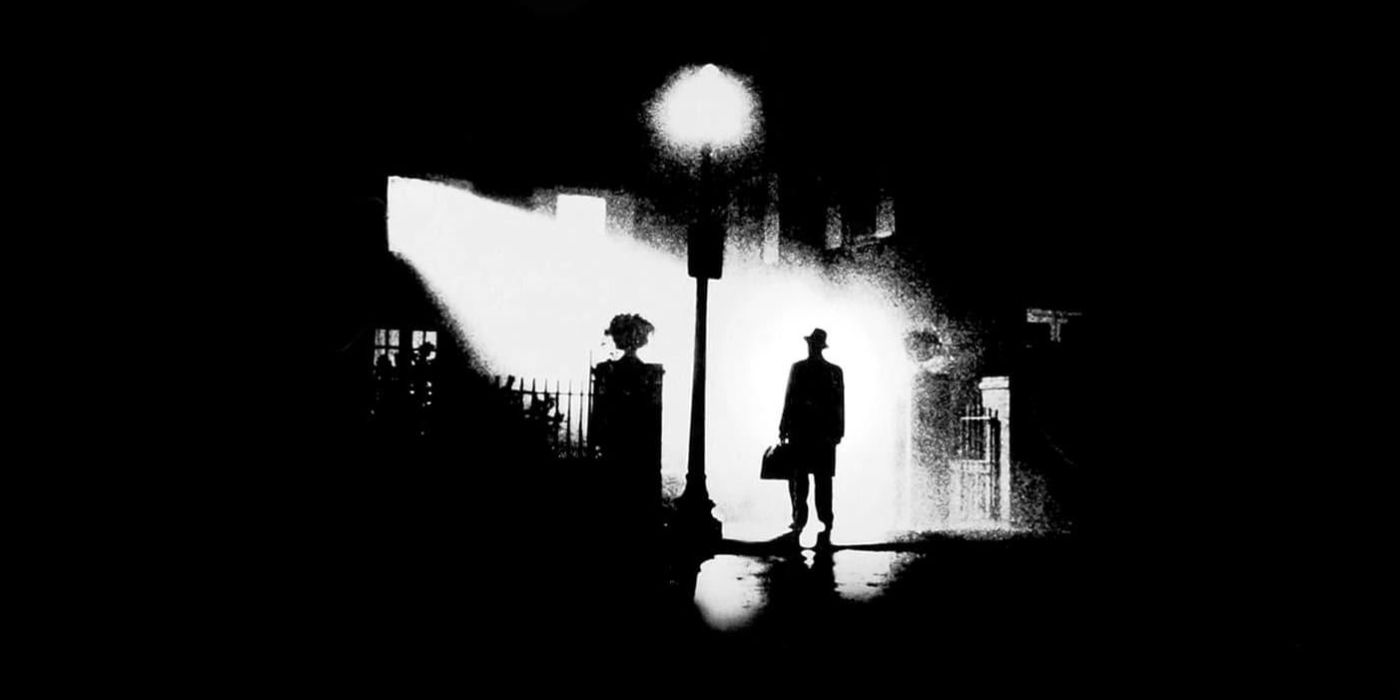Horror movies have always flirted with exploitation, and even the giants of the genre aren’t above pushing shock value for financial gain. Nowhere is this more true than The Exorcist, William Friedkin’s watershed shocker that broke box office records and stirred controversy in equal measures. The subject matter – a little girl possessed by a demon – prompted outrage from religious circles and calls for censorship. The film’s producers actively leaned into that to help generate interest, and in the process got their movie banned in certain parts of the U.K.
That only added fuel to the fire, and the studio ran with it to unprecedented heights. The Exorcist ultimately grossed over $400 million worldwide -- $2.4 billion adjusted for inflation -- and became the all-time box office champion before Jaws dethroned it a couple years later. It also garnered 10 Oscar nominations, winning two -- a level of respect rarely afforded to horror movies of any kind. All of that was helped rather than hindered by the controversies it stoked.
Why Was The Exorcist Banned?
The Exorcist arrived amid a wave of movies pushing the envelope of what audiences had seen up until then. The Hays Code -- heavily regulating movie content in the United States -- had only been abolished in 1968, leading to films like The Godfather and A Clockwork Orange showing sex and violence in direct, graphic terms. It was something of a shock to the system, particularly in Great Britain, where the British Board of Film Classification was grappling with the influx of new content.
The Exorcist was already doing unprecedented box office in the United States, buoyed by stories of people fainting and having heart attacks in theaters. The film’s content was taboo to begin with -- including a sequence of its possessed girl masturbating with a cross -- and rumors of its effect on viewers only enhanced its status. Almost all of it was generated by the studio in an effort to sell the film. The tactic resembles that of William Castle, the noted B-movie producer who generated interest in his low-budget horror movies with gimmicks like joy buzzers in the seats and nurses taking patrons’ blood pressure in the lobby.
The Exorcist didn’t need to resort to such crudity, and yet its status as a “forbidden” movie owed much to Castle’s carnival barker spirit. The BBFC ultimately declined to ban it, citing the film’s artistic merits and thematic power. Its reputation, however, resulted in pressure from local organizations, and as a result, the film was banned in several parts of Great Britain for many years. Naturally, such efforts drew even more attention to it, adding to its status as one of the scariest films ever made.
Why The Exorcist’s Trailer Was Also Banned
The original trailer for The Exorcist demonstrates the ways the studio embraced and embellished the movie’s controversy. It featured a full minute of dissolving black and white flashes of the possessed Regan MacNeil and her infernal tormentor, a strobing effect that apparently resulted in vomiting and similar physical reactions when it was test screened. Warner Bros. ultimately decided not to release the trailer, but happily pushed the idea that it was “too scary” for audiences to see.
The trailer has subsequently appeared in home media releases and can currently be found on YouTube. (Trigger warning: the strobing effect might cause seizures in sensitive viewers.) That fact alone demonstrates how the marketing push turned into a self-fulfilling prophecy. If it affected a few early viewers in such a manner, the studio could then pull the trailer and play up the impact it had, benefitting from the hype in the process. It worked. The Exorcist rode the controversy all the way to horror immortality and the efforts to ban it ultimately proved either disingenuous or doomed to fail.



